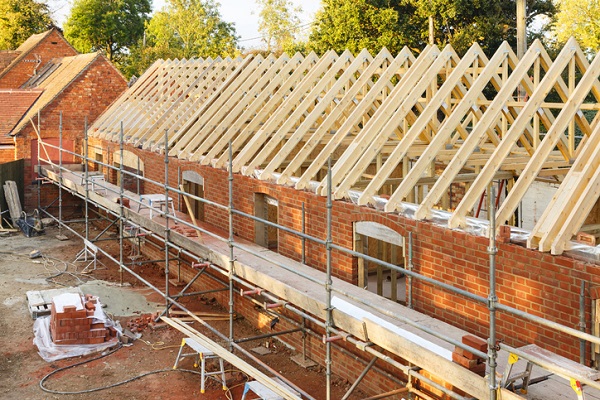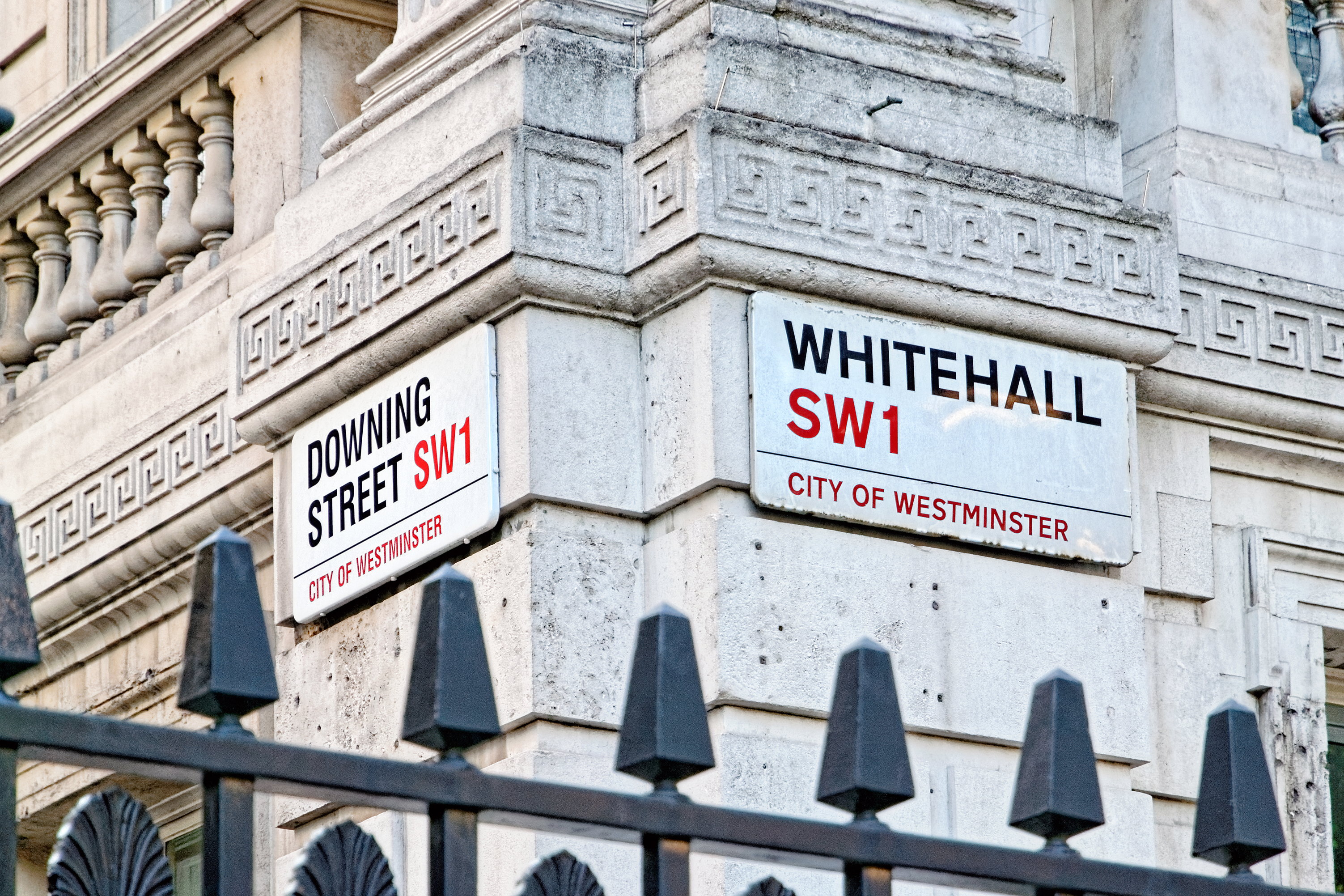What is
is lower-cost provided by a or association. Social tenants their home from a or the , who act as .
associations are not for profit organisations that own, let, and manage rented .
is sometimes referred to as , although situations differ as to the type of agreements that are signed, and the rights that different tenants have over their property.
In the , prices are determined by local income levels in order to provide for all. is an alternative to the private rental t offers the potential of lower costs and greater long term security to tenants. Unlike the private , is let on the basis of need.


Need is generally understood to be those who are living in unsatisfactory or unsanitary , those legally classed as homeless or threatened with homelessness, and those who need to relocate for welfare or medical reasons.

Camaigners highlight the need to build far more social housing.
As of April 2013, complaints relating to have been monitored by the Ombudsman Service. This is a non-departmental public body, sponsored by the Ministry of , Communities and Local .
The Ombudsman Service ensures that are themselves respecting minimum requirements, and it has the authority to take disciplinary measures where necessary.
In the May 2022 Queens Speech, the government announced plans for a ‘Social housing regulation’ bill. This will allow housing regulators to undertake inspections and intervene when social landlords are failing their tenants. a new ‘Tenants Satisfaction Measures’ scheme will allow renters to see how their landlords are preforming. There will also now be no cap on the levels of fines that can be issued to landlords who fail to meet standards.
The case for more
According to the National Federation (NHF) in 2019, England needs to build around 145,000 new each year to keep up with the country’s growing demand for . This includes the provision of 90,000 extra homes at below-.
In 2018, 6,000 new were built. Critics argue that these figures are causing an acute shortage, and that there is a national .
Proponents of the point to the following:
Affordable rent prices
Rent prices in social housing are determined by an area’s local income and are generally lower than in the private sector. A tenant’s rent is capped at a set rate, meaning that tenants won’t be out priced, and forced to relocate due to rising housing costs.
For many, securing an affordable social home is a crucial step to abolishing their dependency on housing benefits.
Protecting society’s most vulnerable
Social housing is intended to accommodate all those with genuine needs.
To apply for social housing, individuals are asked to provide information such as their current residence, their health, and income, which is then assessed to decide their level of priority. While this caters for society’s most vulnerable, a notable drawback of social housing is the long waiting lists and the near impossibility of meeting current demand.
Ensuring long-term stability
The mean tenure in the social housing sector is approximately four times that in the private sector. The guarantee of secure and long-term tenancies provides greater protection to tenants while allowing them to establish a permanent place of residency and contribute to the surrounding community.
This is particularly pertinent among families with school age children, for whom lack of social stability is considered a primary barrier to educational attainment.
Quality-controlled conditions
According to an English Housing Survey, social housing has a lower proportion of non-decent homes than both the private and owner-occupied sectors. Oversight from the Housing Ombudsman ensures that the quality of social housing adheres to an adequate minimum standard
Challenges faced by the
Concerns have been raised that the sector still requires stricter oversight. It is suggested that many homes exist only to provide the bare minimum to society’s most vulnerable.
The quality of some was propelled to the forefront of public attention following the Grenfell Tower tragedy in 2017. A member of the Grenfell United survivors’ group, Edward Daffarn, has called for improved representation and the creation of a consumer watchdog for those living in .
In response to the fire at Grenfell Tower, the National Federation asked the to establish a fund, in addition to the existing £400 million for cladding replacement, to be spent on further safeguarding measures.
There has also been criticism about the physical accessibility of some , and the impacts this has on disabled residents. This issue is complicated further by the UK’s ageing population and the subsequent need of catering to older tenants.
Critics have also called on associations to take greater measures to become more engaged with their residents. It is suggested that residents in some sheltered or estates feel isolated and often struggle to integrate into the wider community.
Quotes
“In a nation where many millions rely on their or a to help keep a roof over their head – and in the UK the social rented makes up a greater share of than in most other major economies – it is nothing short of a scandal. And it’s one this is going to deal with.” – Boris Johnson, White Paper, Foreword, 2020
“If residents are to be active citizens, they need to feel they mean something to their ” – Darwin Bernardo, Founder of the Nutmeg Community, North London, 2019
“Some of the large associations have acknowledged they must go back to their social purpose” – Tom Murtha, Former chief executive and founding member of Under Threat, 2019
Statistics
In the 35 years following the end of the Second World War, local authorities and associations built 4.4 million [Source – Shelter].
Research carried out for the National Federation and Crisis shows that we need 90,000 new every year but a lack of means only about 5,000 are being built. [Source – National Federation].
In 2018, forty-five per cent of social renting households were in the lowest fifth by income, and only 3% were in the top fifth. [Source – UK Collaborative for Evidence]










